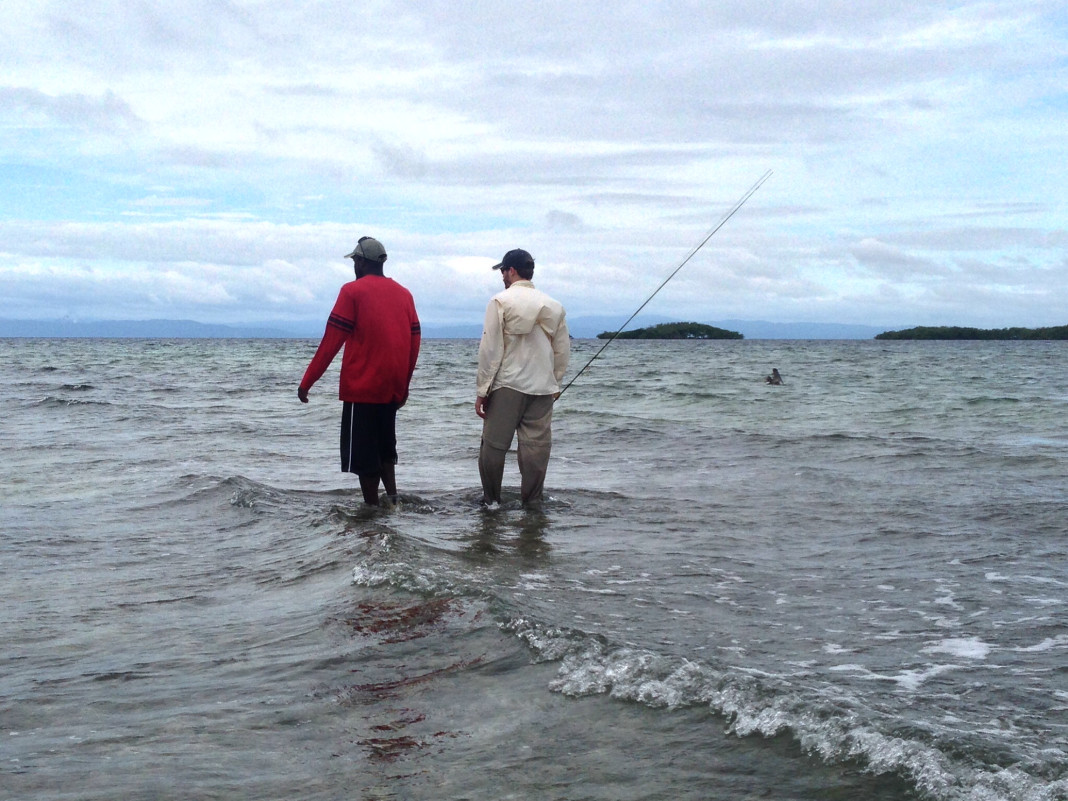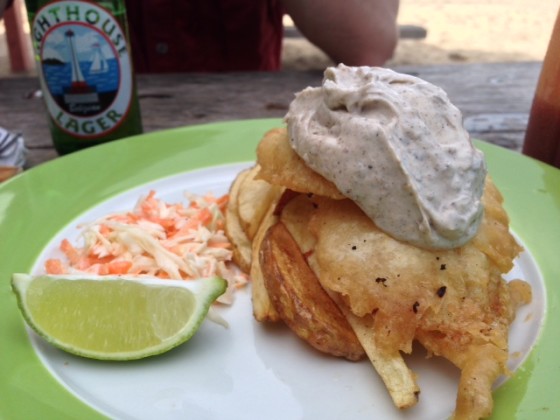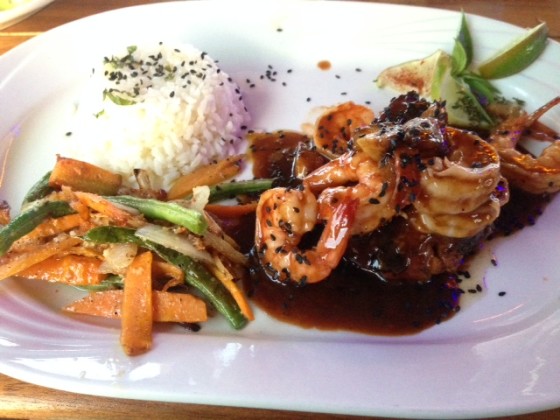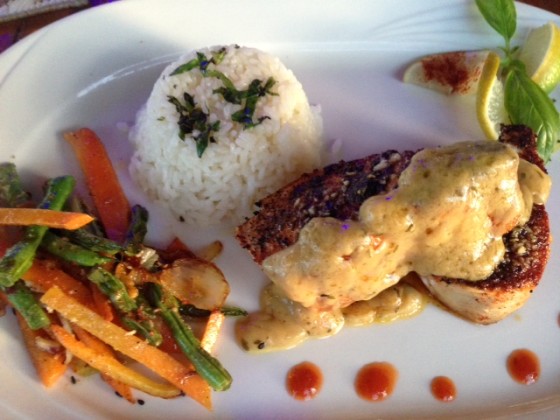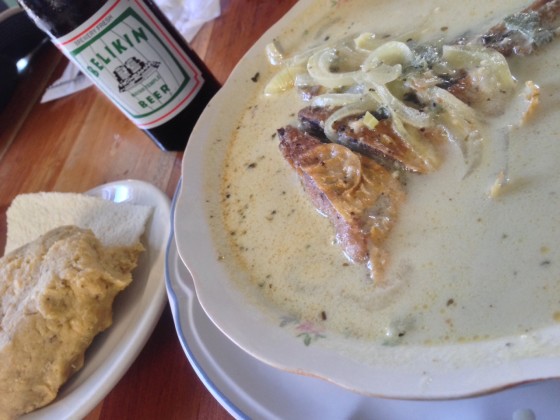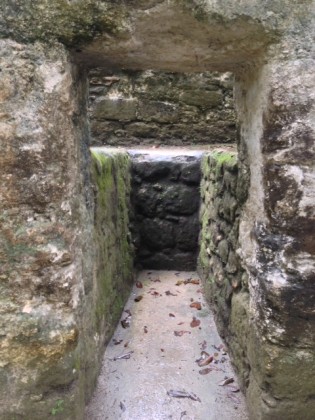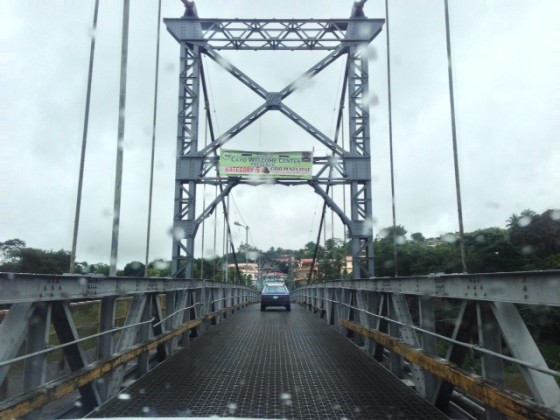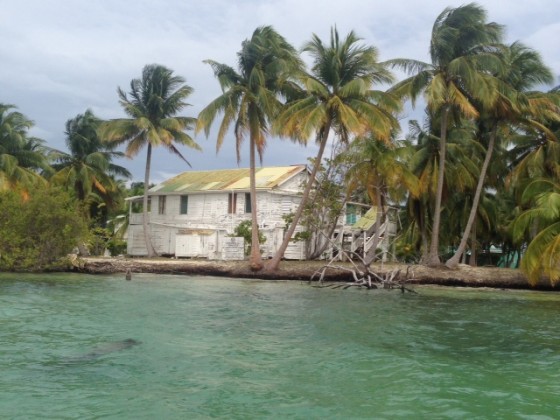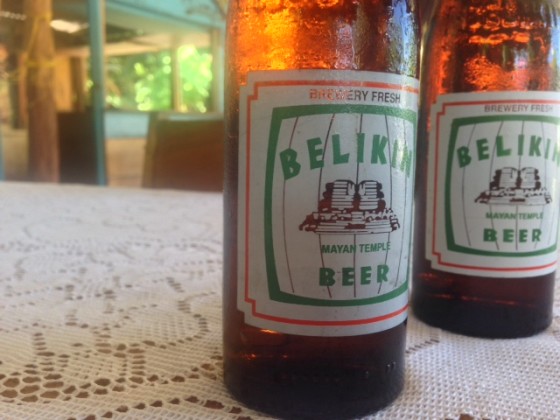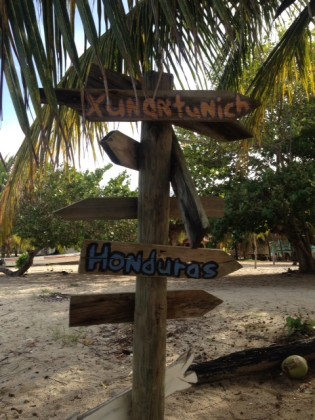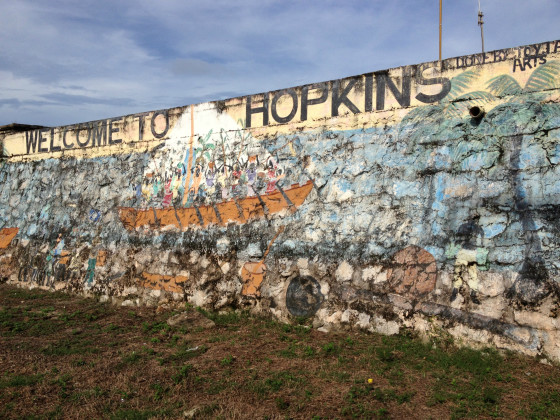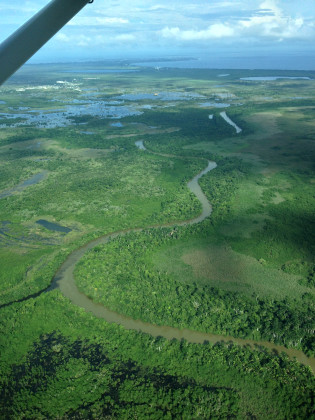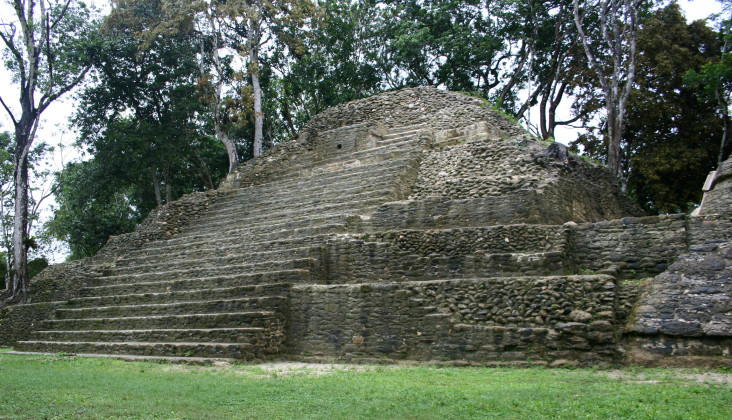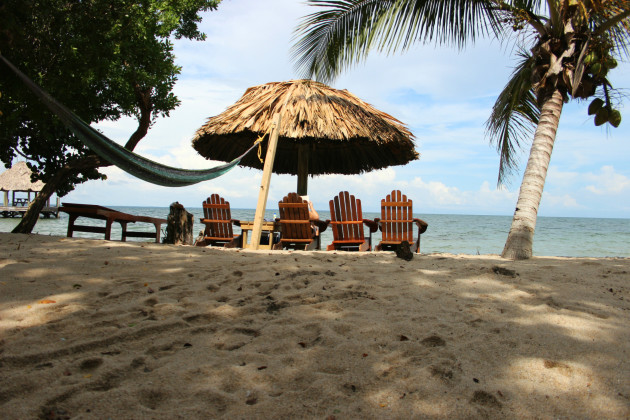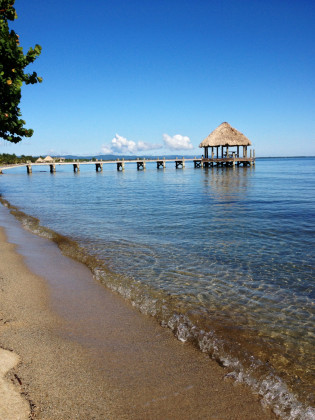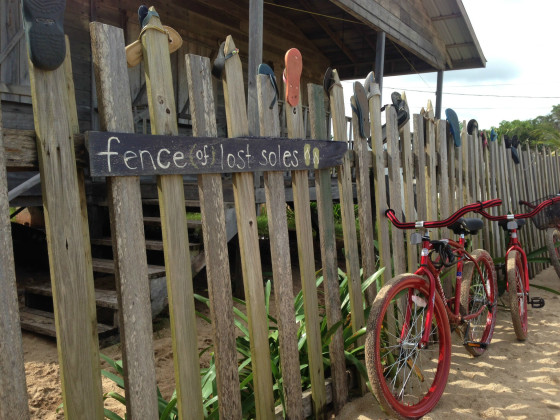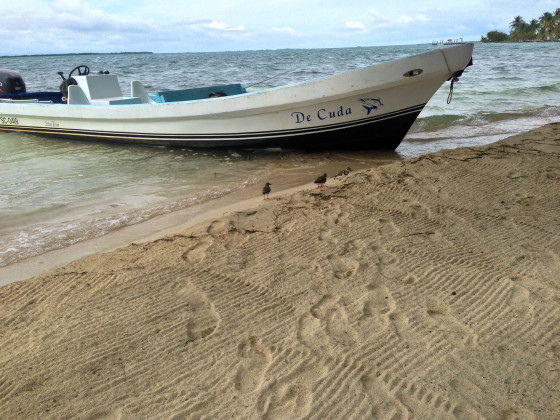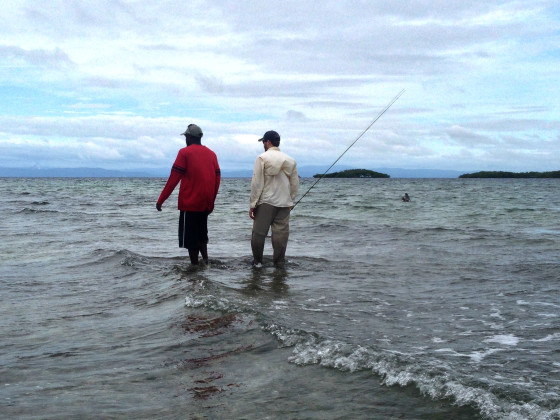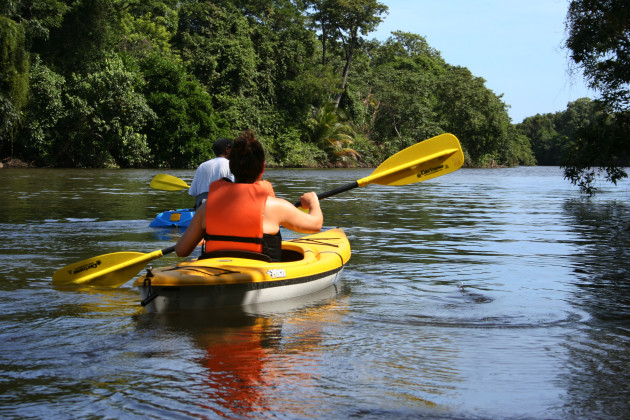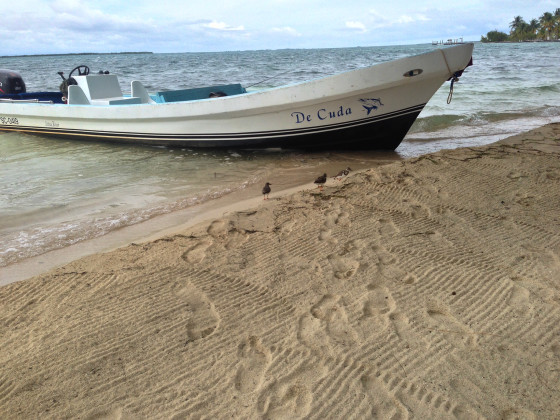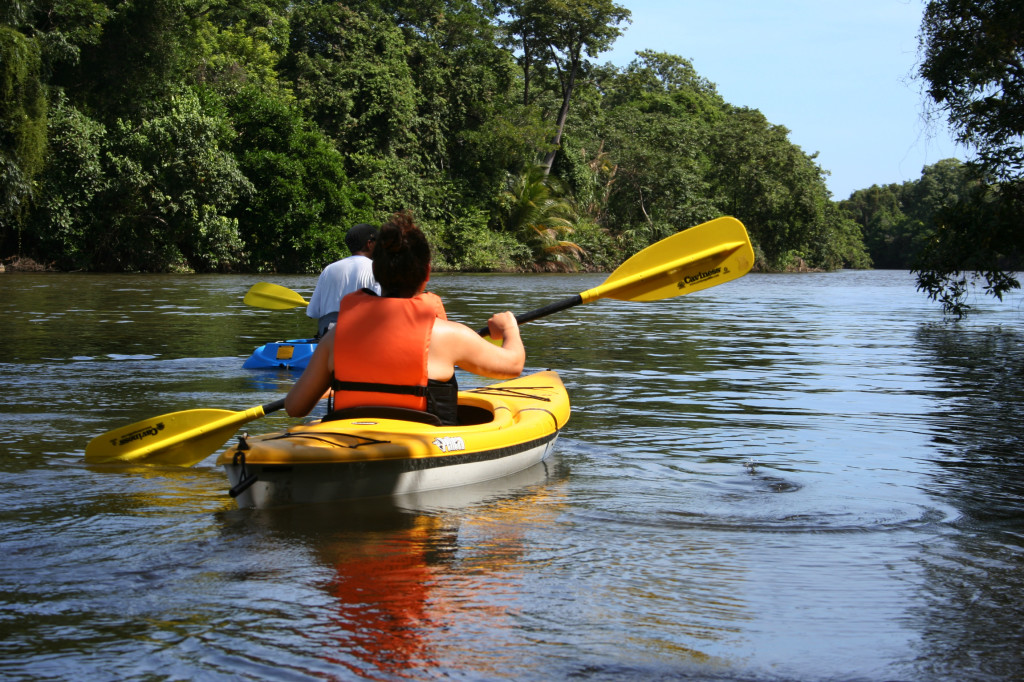HOPKINS VILLAGE, Belize – Permit, bonefish and tarpon beckoned from mangrove-flocked cayes dotting glistening saltwater flats, but our bountiful reward had nothing to do with recompense gained via measured swings of a fly rod.
In reality, the true treasures of this small country nestled below the Yucatan Peninsula in Central America are its people, culture and distinct places, including some of the most diverse ecosystems in the world featuring an abundance of amazing species.
My new bride, Michelle, and I spent our honeymoon in November based out of a private residence on what certainly was a quiet and splendid beach, but getting off the beaten path provided so much more to marvel at, allowing us to partake in activities we otherwise never would have enjoyed. It sounds cliché but there literally is something for everyone, especially if you enjoy outdoors pursuits, including all-day treks involving multiple stops or shorter journeys spanning a couple of hours.
The saltwater locales protected by one of the world’s longest coral barrier reef systems not only are gorgeous but they also teem with a grand amount of angling targets. In addition to the shallow-water species above, there also are offshore trips for marlin, sailfish, wahoo, dolphin, sharks and more. The rates also are more reasonable than most typical blue-water trips out of any Texas port.
In addition to excellent fishing habitat, Belize might be most well-known for its snorkeling and scuba diving adventures, which bring you face to face with miraculous sights in crystal clear water that allows you to easily distinguish creatures below the surface. On a half-day snorkeling outing in about 10 feet of water near flats littered with bonefish, we discovered critters of all shapes and sizes holding near reefs including eagle rays, schools of squid, spiny lobsters and brilliant tropical fish of inestimable hues and temperaments.
Another outing highlighting the wealth of Belizean flora and fauna was a half-day kayak trip down the Sittee River, a place that receives little boat traffic but has no shortage of impressive sights and sounds. Freshwater crocodiles inhabit most of the river, though we didn’t come close to any of the reptiles. However, we spied a number of recognizable creatures, including rust-hued iguanas perched sunbathing atop a variety of vegetation, including near red, white and black mangroves. The river fishing also can be good for snook, which thrive in the brackish tidal environment where different waters converge, though we didn’t have the opportunity to test the theory.
What’s most amazing about Belize’s terrain is how quickly it can change. An hour’s drive from the coast and you find yourself in a lush mountainous region that’s distinctly tropical and harbors wildlife ranging from jaguars and tapirs to parrots and toucans. It’s in these places toward the Guatemalan border traveling along the Hummingbird and Western highways that the past also meets the present in the form of Mayan ruins at places such as Cahal Pech and Xunantunich. It’s amazing how insignificant you can feel standing atop structures that are thousands of years old, but it’s also empowering knowing that you’re touching history. 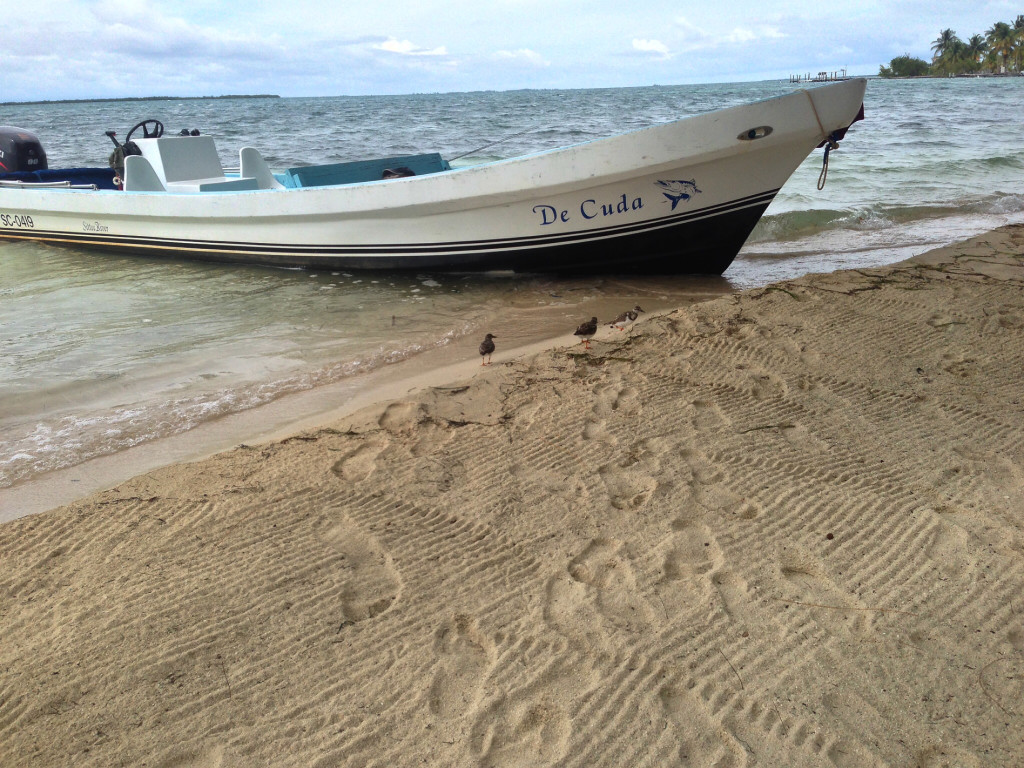
On the way back from the ruins we stopped off at St. Herman’s Blue Hole National Park to partake in an afternoon activity for which Belize also has become known – cave tubing. The subterranean lair nearby is an eerie maze filled with overhanging stalactites still dripping with water and minerals and calcified stalagmites sprouting from the cave floor. Once you get down to the underground river, it’s cold – extremely cold – but after hopping in an inner tube and draping your legs into the shallows it becomes almost comfortable. Gliding along in the pitch-black after turning off your headlamp and hearing the chirps of low-hanging overhead bats is spooky, but it also is liberating in a way, and again can make you feel pretty darn small in the grand scheme of things.
While the sights and sounds are second to none, the one aspect of the trip that always will resonate is the food, which I can almost smell right now. We enjoyed the best in fresh seafood and innovative ways to serve it up including grilled wahoo, conch and lobster, and even snook tacos. The local fare also is extremely appealing and sampling it is like any other Belizean activity – it helps expand your horizons and open your eyes to the other ways in which the world lives. Plus it’s downright tasty. The finest traditional Garifuna dish we enjoyed was hudut – a savory fish stew, this one had snapper – with fresh coconut milk and mashed plantains. Our local fishing guides told us we had to try it and I’m glad we followed through. Paired with offerings from Belikin – the official beer of Belize – it was one of the best meals I’ve had.
A locally produced meal also wouldn’t be complete without traditional rice and beans, a staple at every restaurant in Belize that’s enjoyed almost on a daily basis. Typically paired with some type of meat such as stewed chicken, plantain and potato salad, it too was a bright spot on the trip and makes my mouth water just thinking about the rich flavors.
The places, activities and food make Belize the wonderful travel destination that it is, but we found that the richest thing about the country is its people. Michelle and I didn’t have a car, instead opting to use bicycles when needed to ride along the washed-out road into Hopkins for groceries and dining. This is a poor region, with multiple families living in some ramshackle dwellings that have no running water. However, riding into town daily and being met with huge smiles by the natives who quickly knew our names was a distinguished feeling.
It was an honor sharing their personal slice of paradise. We can’t wait to go back and see our new friends.
Getting to Belize
A number of carriers including United Airlines fly into Philip Goldson International Airport in Ladyville, just minutes from Belize City. It’s a 2½-hour nonstop flight from Houston. Tropic Air and Maya Island Air also offer connecting flights inside the country, including to notable jumping-off tourist destinations such as Dangriga, Placencia and Punta Gorda. Those flights in 12-seat prop planes typically are only 15 minutes to an hour and cost less than $100 per passenger.
Culture of Belize
Belize is a cultural melting pot, and unlike other countries in the region, English is the official language. Spanish, Creole and Garifuna influences also combine to make this a diverse country. American currency is accepted everywhere, with an exchange rate of 2 Belize dollars to 1 U.S. dollar. Tourism is the top driver of the economy, with everything from low-end operations catering to those on a tight budget to high-end resorts that feature upscale amenities.
Travel safety in Belize
Belize City is the most developed metro area in the country and does feature the highest crime rate, including violence centering on gangs and drugs. However, once you get away from the bright lights, things slow down and move at whatever pace you’d like. The locals in almost every tourist town are extremely friendly and helpful with almost any question, and American expats can be found nearly everywhere, typically running businesses catering to tourists.
Useful links for Belize travel
General Belize travel information: www.travelbelize.org
Information about the Hopkins area: www.beachesanddreams.com
















